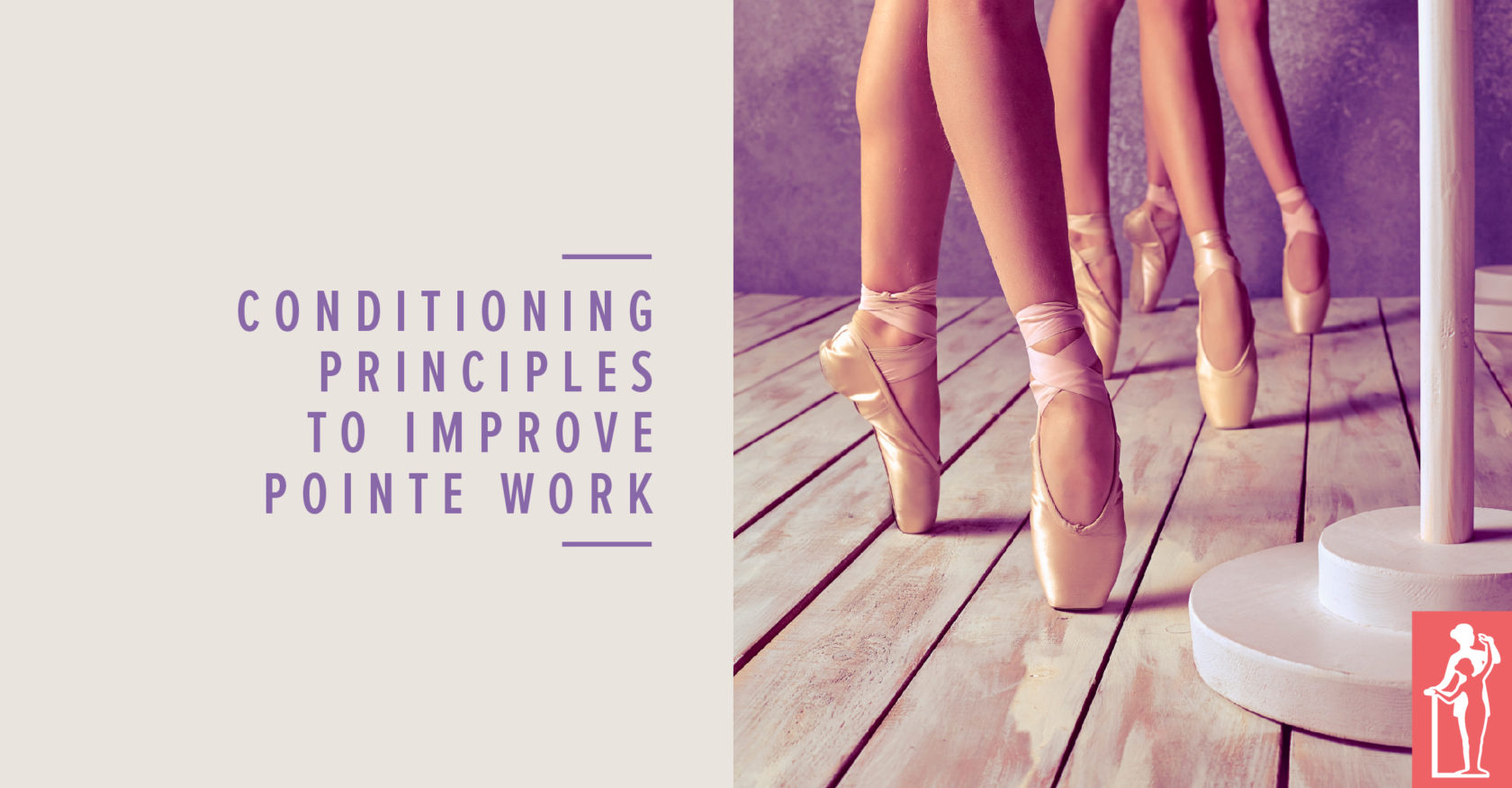 Is there such a thing as pushing your students too far when it comes to pointe work? I certainly believe there is, and I must admit, after reading Ruth Brinkerhoff’s “Pointe 1: An Introduction to Pointe Work”, at times I myself have expected too much of my pointe students.
So, what can we expect of our students? How can we help them to grow and improve their pointe work without pushing them too far? After all, as Brinkerhoff states in her first curriculum book on pointe work:
Is there such a thing as pushing your students too far when it comes to pointe work? I certainly believe there is, and I must admit, after reading Ruth Brinkerhoff’s “Pointe 1: An Introduction to Pointe Work”, at times I myself have expected too much of my pointe students.
So, what can we expect of our students? How can we help them to grow and improve their pointe work without pushing them too far? After all, as Brinkerhoff states in her first curriculum book on pointe work:
The Kirov and Bolshoi schools [provide] for a very slow buildup on pointe for the first few years . . . If we are to believe that these famous schools produce good dancers because of how they train them, then it makes sense that we, too, should seriously consider putting strict limits on how much and what kind of pointe work we permit our students to do for at least the first two years of pointe.Two main principles of physical training used in sports support the idea of a gradual build up of strength:
- The “Twelve Week Rule” (what is this?) applies to increasing both specific and general strengths, and to learning any new skill.
- “Interval Training” permits a faster increase in strength by slowing down the fatigue factor.
1. Interval Training
Interval training lets muscles do more work at a session, by providing short rests for the muscle groups being trained. Fatigue works against the improvement of strength or endurance. Successful improvement comes from a reasonable work load combined with short rest periods. As you are creating your pointe lessons, keep in mind the order of your exercises to allow for those short rest periods to happen.2. The joint that moves is the one that is being strengthened.
Strength comes from movement, not from lack of it. Holding a position does not strengthen a muscle except in that precise position. This is why we have our students circularly rotate their ankles while seated or practice pointing and flexing through the pointe shoe, and not just practice standing or balancing on pointe.3. Improving the Ballet Work Improves the Pointe Work. ·
Pointe is an extension of Ballet. Pointe steps and movements need to be learned first on demi pointe. Technical improvements are most effective when learned in soft shoes, without the stress of being on pointe. Improve and strengthen each item or concept taught in soft shoes. When the strength needed to consistently perform it, and the time needed to make it a habit are there, it can carry over to the pointe work.4. Wolff’s Law
. . . bone in a healthy person or animal will adapt to the loads under which it is placed.”*
Bones and joints assume their final shape, size and strength as a result of:- The force of gravity, and
- The forces created by the actions of the muscles on the bones and joints.
5. Teach one idea at a time.
Make your teaching moments count. Not all barre exercises or all center sections need to be done or covered completely in every single ballet class. Choose one or two main improvements to work on in a class. Apply these principles to all of the items performed in that class. Other principles can be covered in another class. No student can learn everything in one day!6. The “Overload Principle”
This is working to nearly full capacity of the muscles, but not overworking them. This is what we need to do for pointe work, but not more. It’s OK for muscles to be tired after class, but not for them to be in pain. Pain is a warning sign. Injuries must heal before further progress is possible. Successful pointe work must be taught with a good dose of common sense. The old idea of “artists must suffer” doesn’t make good dancers. The popular saying of “no pain no gain” is not entirely correct. Physical therapists agree that pain indicates injury at the cellular level. Injuries must have time to heal before progress can resume. Teach your dancers to appreciate and respect and care for their physical selves, the selves that can dance so beautifully, and that can learn so much more about ballet. More articles about Pointe- Their First Pair of Pointe Shoes
- Weight Placement en Pointe
- Is My Student Ready for Pointe?
- Recognizing the Student NOT Ready for Pointe


Comments
No comments for this post.
Add Comment